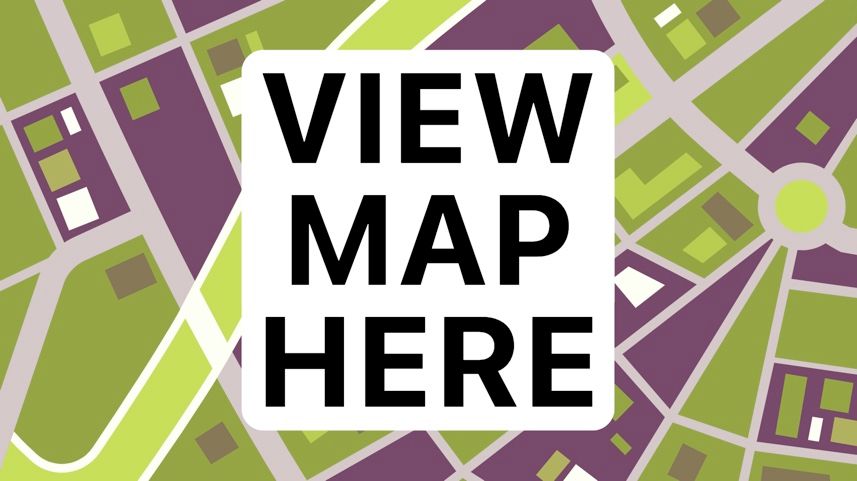High Commission of Canada in the UK
Thinking of sending your teenager to an international secondary school? Think Canada!
Canada has one of the strongest records of student achievement in the world. That’s why we’re an excellent choice for secondary school education.
According to the OECD, Canada’s teenagers are among the best educated in the world. In the OECD’s most recent assessment, Canada was ranked 6th in reading, 12th in math and 8th in science internationally. We also have the 2nd highest rate of high school completion worldwide.
In fact, sending your child to Canada for secondary school is one of the best ways to prepare them for college or university. In Canada, secondary school runs from Grade 9 to Grade 12 (the equivalent of GCSEs/A-Levels) in all provinces but Quebec (where students begin in Grade 7 and leave in Grade 11). Rather than being assessed solely on final year examinations as students are done in the UK, students in Canada are generally assessed through a combination of schoolwork and exams during each school year. Then, at the age of 17 or 18, students may look to attending higher education.
Moreover, in terms of higher education, students will have boundless options. A Canadian education prepares students to enter higher education anywhere in the world. Importantly, because the Canadian curriculum follows a liberal-arts approach, this also provides excellent preparation to students looking to enter university – not only in Canada, but also in the USA and UK. Most schools will also have guidance support staff on hand to help students prepare international applications.
As far as excellence in education, we currently rank 3rd among 15 of our wealthiest peers. The quality of our education system is consistently recognized as one of our country’s greatest strengths and is often attributed to our exceptional teachers – many of whom have Master’s degrees and other professional qualifications.
Many Canadian state (called ‘public’) high schools now accept international students into their programs and students can choose to study in English, French or both languages. Parents may also choose to send their teenagers to Canada for a study abroad experience, where students live with Canadian families and embrace Canadian culture, while earning an outstanding education at the same time.
Canada also has many independent (called ‘private’) secondary schools. These charge fees for attendance and generally must deliver the same curriculum as public schools. Class sizes in private schools are often smaller and programming is more specialised. A number of these schools are also boarding schools, with on-site accommodations. There are also private alternative schools, religious schools, language schools and schools with IB programmes or specialised sports/arts programmes.
Often, schools charge fees for international students, which can range from approximately CAD 8,000 (GBP 4,700) to CAD 14,000 (GBP 8,200) per year. Students may also be charged fees for extra activities and school outings. This cost is highly competitive and generally significantly cheaper by comparison to independent school fees in the USA, UK and Australia. There may also be scholarships available for international students to certain schools.
If you are thinking of coming to Canada with your teenager or thinking of sending them abroad for education, consider choosing Canada – where your child will be offered a world of endless possibilities.
Canada has one of the strongest records of student achievement in the world. That’s why we’re an excellent choice for secondary school education.
According to the OECD, Canada’s teenagers are among the best educated in the world. In the OECD’s most recent assessment, Canada was ranked 6th in reading, 12th in math and 8th in science internationally. We also have the 2nd highest rate of high school completion worldwide.
In fact, sending your child to Canada for secondary school is one of the best ways to prepare them for college or university. In Canada, secondary school runs from Grade 9 to Grade 12 (the equivalent of GCSEs/A-Levels) in all provinces but Quebec (where students begin in Grade 7 and leave in Grade 11). Rather than being assessed solely on final year examinations as students are done in the UK, students in Canada are generally assessed through a combination of schoolwork and exams during each school year. Then, at the age of 17 or 18, students may look to attending higher education.
Moreover, in terms of higher education, students will have boundless options. A Canadian education prepares students to enter higher education anywhere in the world. Importantly, because the Canadian curriculum follows a liberal-arts approach, this also provides excellent preparation to students looking to enter university – not only in Canada, but also in the USA and UK. Most schools will also have guidance support staff on hand to help students prepare international applications.
As far as excellence in education, we currently rank 3rd among 15 of our wealthiest peers. The quality of our education system is consistently recognized as one of our country’s greatest strengths and is often attributed to our exceptional teachers – many of whom have Master’s degrees and other professional qualifications.
Many Canadian state (called ‘public’) high schools now accept international students into their programs and students can choose to study in English, French or both languages. Parents may also choose to send their teenagers to Canada for a study abroad experience, where students live with Canadian families and embrace Canadian culture, while earning an outstanding education at the same time.
Canada also has many independent (called ‘private’) secondary schools. These charge fees for attendance and generally must deliver the same curriculum as public schools. Class sizes in private schools are often smaller and programming is more specialised. A number of these schools are also boarding schools, with on-site accommodations. There are also private alternative schools, religious schools, language schools and schools with IB programmes or specialised sports/arts programmes.
Often, schools charge fees for international students, which can range from approximately CAD 8,000 (GBP 4,700) to CAD 14,000 (GBP 8,200) per year. Students may also be charged fees for extra activities and school outings. This cost is highly competitive and generally significantly cheaper by comparison to independent school fees in the USA, UK and Australia. There may also be scholarships available for international students to certain schools.
If you are thinking of coming to Canada with your teenager or thinking of sending them abroad for education, consider choosing Canada – where your child will be offered a world of endless possibilities.


)
)
)

)
)
)
)
)
)
)
)
)
)
)
)
)
)
)
)
)
)
)
)
)
)
)
)
)
)
)
)
)
)
)
)
)
)